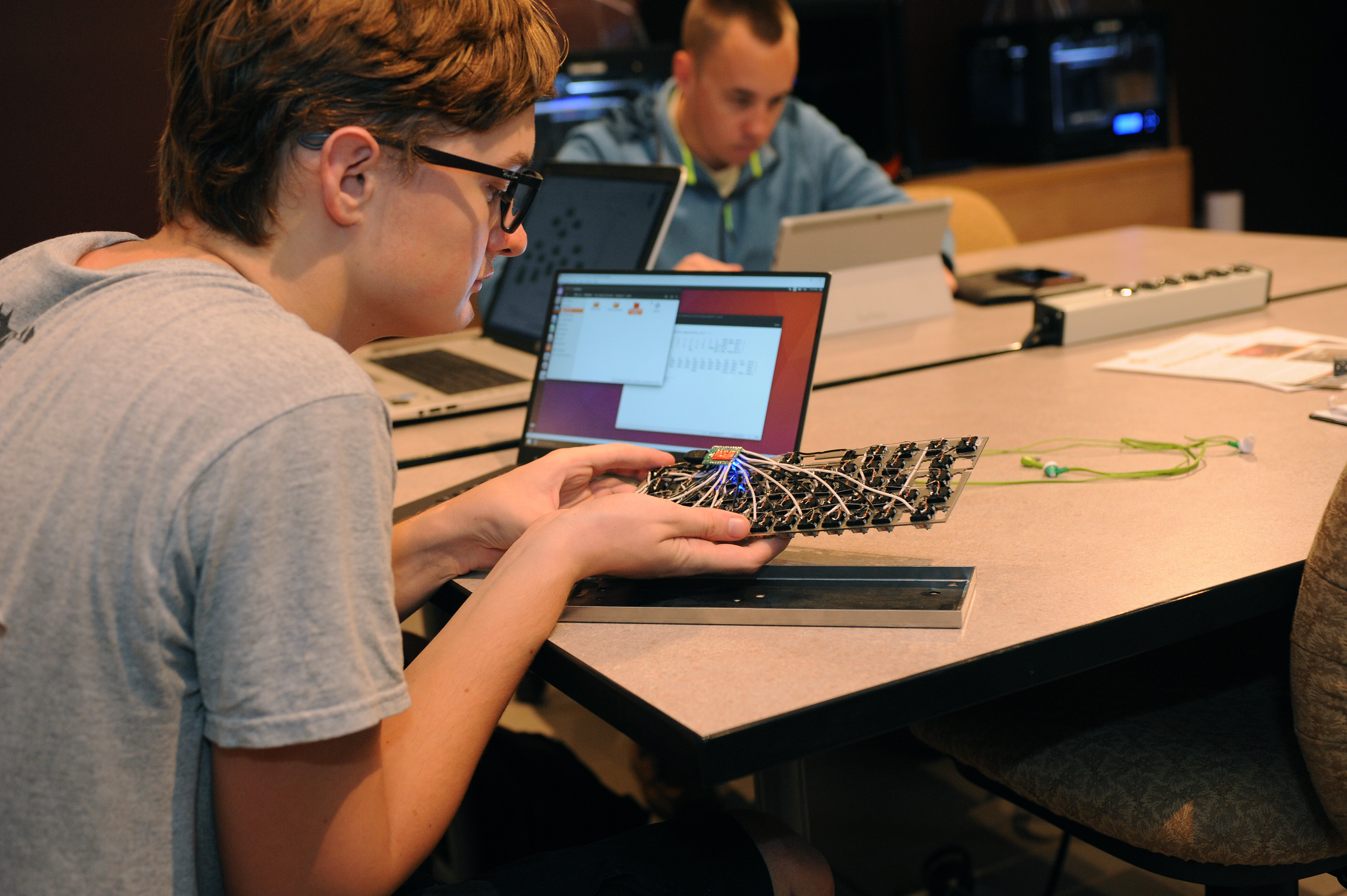Document Type
Conference Proceeding
Publication Title
Proceedings of SPIE - the International Society for Optical Engineering
Abstract
Distributed video coding is an emerging area of research for digital video driven partly by the widespread use of video acquisition devices by the consumers. In this paper, we present a distributed video coding scheme based on zero motion identification at the decoder and constrained rate adaptive low density parity check (LDPC) codes. Zero-motion-block identification mechanism is introduced at the decoder, which takes the characters of video sequence into account. The constrained error control decoder can use the bits in the zero motion blocks as a constraint to achieve a better decoding performance and further improve the overall video compression efficiency. It is only at the decoder side that the proposed scheme exploits temporal and spatial redundancy without introducing any additional processing at the encoder side, which keeps the complexity of the encoding as low as possible with certain compression efficiency. As a powerful alternative to Turbo codes, LDPC codes have been applied to our scheme. Since video data are highly non-ergodic, we use rate-adaptive LDPC codes to fit this variation of the achievable compression rate in our scheme. But one most basic difference between LDPC codes in our scheme and conventional channel coding is that in our scheme, we can make sure some bits are known. Those bits can work as constraints to the decoder and improve the decoding performance. We propose a constrained LDPC decoder not only to improve the decoder efficiency but also to speed the convergence of the iterative decoding. Simulation demonstrates that the scheme has significant improvement in the performances. In addition, the proposed constrained LDPC decoder may benefit other application.
DOI
10.1117/12.701060
Publication Date
1-29-2007
Recommended Citation
Liu, R. K., Hua, G. G., & Chen, C. W. (2007). Distributed video coding based on constrained rate adaptive low density parity check codes. Paper presented at the Proceedings of SPIE - the International Society for Optical Engineering, 6508 doi:10.1117/12.701060


